
Read our 2023 annual report

Knowledge Hub
In order to fight poverty, we have to invest in women.
The evidence is clear: When women and girls have a quality education, access to healthcare, economic independence, and a seat at the decision-making table, economies shift. Communities escape poverty permanently. However, this progress is hindered by countless gender inequalities, all of which work together to fuel the cycle of poverty.
It’s hard to know where to start, but here are 11 gender inequalities we need to prioritise in order to end poverty.
1. The feminisation of poverty

You may have heard the statistic that 70% of people around the world living in poverty are women. That’s not true — the split between women and men is more 50/50 (and doesn’t account for other gender identities despite the fact that members of the LGBTQ+ community also face statistically higher poverty rates). However, that doesn’t mean that poverty isn’t a gender issue.
The World Bank reports that children account for 44% of people living in poverty, with 105 girls for every 100 boys living in extreme poverty. That gap widens over time, however: By the time children reach the ages of 25 to 34, the poverty split is more like 122 women for every 100 men. This is a global average, and areas with higher extreme poverty rates overall also have higher gaps (particularly in sub-Saharan Africa). Data from UN Women also show other gendered correlations, including that divorced women are more likely to experience poverty than their divorced male counterparts.
2. Inequality in education
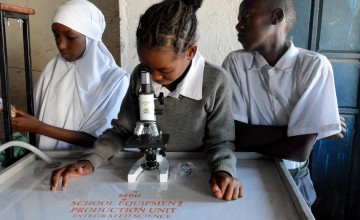
Ensuring that girls have an education is a huge benefit for economies and societies. Yet an estimated 130 million girls will never set foot inside a classroom. This not only means that they’ll lose out on opportunities for better futures, but that the same will happen to their own children.
While there are problems in education affecting attendance for all genders, it can be especially tough for girls, who are more likely to be forced to stay at home and keep house, perform chores, and raise families. Other issues like gender discrimination at school and period poverty may keep them out of the classroom.
Educational outcomes are also affected. While girls may be in school, they can often be left behind in the classroom with lower literacy or numeracy rates, or poorer performance on standardised tests.
3. The gender pay gap

A lack of financial and economic inclusion is one of the key factors keeping the gender balance, well, out of balance. A 2020 World Economic Forum (WEF) report suggests that, if we keep at our current pace of correcting this imbalance, it will be another 100 years until women receive equal pay for equal work.
This isn’t necessarily an issue that’s divided between high-income and low-income countries, either. That same WEF report ranks Burundi and Austria at approximately the same level of progress to closing their overall gender gap (including the wage gap). However, Burundi is actually ahead of Austria in closing the gender wage gap by nearly 30 percentage points. Rwanda, which is one of the top 10 countries making progress towards closing the gender gap, still has work to do on closing the gender pay gap. Yet it also outranks the United States in both overall and wage gap-specific progress.
Ensuring that women not only earn the same salaries as their male counterparts but also get the same access to the same level of financial independence boosts economies. It also means that other basic needs, like healthcare, education, and adequate food and water, are more likely to be met for the whole family.
4. The glass ceiling and other workplace inequalities
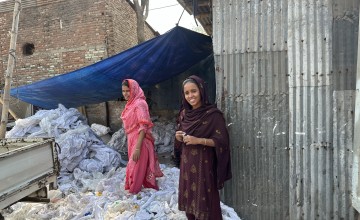
Of course, salary is only one of the ways that women face discrimination in the workplace, and many of these inequalities also limit their financial empowerment. The “glass ceiling” is a common issue discussed in corporate structures, but those barriers to advancement can be found in almost every industry (see below). According to one McKinsey Global Institute report, if women were to play an identical role in labour markets to that of men, as much as €25 trillion, or 26%, could be added to global annual GDP.
Beyond that, sexual and other gendered forms of harassment leave many women either in hostile work environments or out of the workforce entirely. Many countries also have inadequate maternal leave policies — or the means of enforcing existing policies within workplaces. All of this has only gotten more difficult with the rise of the global gig economy.
5. Gender inequalities in agriculture
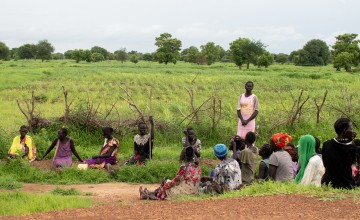
Women make up nearly half of all farmers (possibly more), yet they have less productive fields than men.
Why? Reports show that women have less access to critical tools and resources like fertiliser, seeds, training, and farm labour. Even when they receive equal access to these resources, it often doesn’t lead to equality of income.
As the primary caretakers of children, women struggle to get their goods to market, particularly in rural areas. Reduced harvests and access mean reduced income, which is all the more damaging because women tend to reinvest their earnings back into their families and their community. When women don’t earn as much, everyone loses.
6. Unpaid domestic work and care
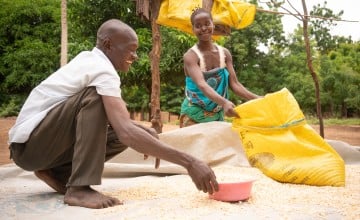
This is another worldwide issue. A 2023 Pew Research Center report found that, in the United States, 57% of survey participants agreed that society values what men do at work versus at home and that, even in opposite-sex marriages where both partners earned the same income, wives still spent more than double the amount of time on housework compared to their husbands, and almost two additional hours per week on caregiving for other family members.
This is also an issue for women in many of the countries where Concern works, whose own abilities to work and earn an income are hindered by the amount of unpaid labour they’re expected to do at home.
7. Gender bias in healthcare
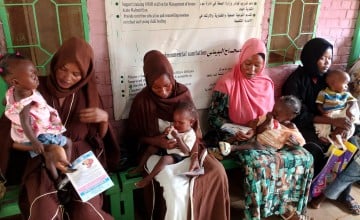
Gender inequality contributes to high levels of female mortality. Each day, almost 1,000 women die from preventable causes related to pregnancy and childbirth, and that’s not counting many of the other deadly gender biases in healthcare.
The chronic absence of healthcare, combined with the ongoing, unnecessary loss of so many women, also results in massive negative impacts on families and communities. Children of sick mothers are less likely to access healthcare themselves, and older siblings are usually forced to drop out of school to take care of younger siblings and contribute to the household.
8. Gender-based violence

Gender-based violence (GBV) is also a public health issue, whether it’s child marriage, FGM, or sexual violence. All forms of GBV contribute to the belief that men and women can be treated differently based on ingrained stereotypes around gender roles in society. While these harmful practices remain in place, the rights of women will continue to be tied up with the false belief that these forms of violence are part of the norm.
9. The high price of collecting water
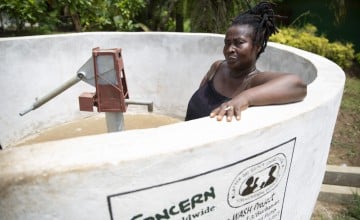
More than 2 billion people worldwide don’t have access to clean water at home. According to UNICEF, women and girls spend a collective 200 million hours collecting water every day. This is time that they could spend studying in school, in employment, or running their own businesses. One study shows that school attendance increased by as much as 12% when water was available within 15 minutes of home. For every minute that a woman spends collecting water, a minute that could be used to earn and save money is lost.
10. Gender discrimination laws

Not only do many countries have inadequate laws protecting against gender discrimination, many of them have laws encouraging it. According to the World Bank, there are 88 countries that prevent women from working in certain jobs on the basis of gender. There are 49 countries without laws against domestic violence, 45 countries without legislation against sexual harassment, and 112 countries where marital rape is not a crime. These are just some of the many legal gaps that keep women unequal to men in the eyes of the law.
11. Lack of representation for women and girls at the leadership and policy-making level
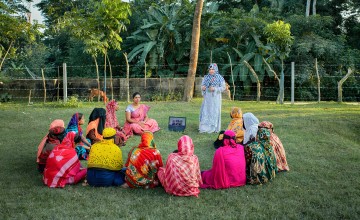
In order to reach gender equality, policies need to be put in place to protect women’s rights at home, in the workplace, and in public. However, keeping women away from the decision-making table means that legislation and public policy is unlikely to be created equitably. Globally, however, women only make up approximately 25% of national parliaments. Only four countries have at least 50% female representation in their legislative branches: the United Arab Emirates (50%), Bolivia (53%), Cuba (53%), and Rwanda (61%).
It’s not enough to have women in these seats of power; we also need to ensure that their voices are being heard and supported, and that there is also intersectional representation based on other inequalities that, combined with gender, can leave many people far behind in terms of the things they need to live a full, dignified, and creative life.
Concern and gender equality
The United Nations identifies gender equality as Goal #5 of its 17 Sustainable Development Goals to meet by 2030.
To help reach this, our approach at Concern is to address the root causes of gender disparity. Many of these causes are similar to the factors that perpetuate global poverty and hunger.
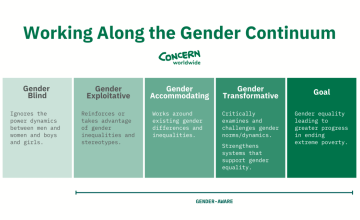
The more our work can transform gender inequalities versus simply being aware of them, the closer we can get to actual gender equality.




